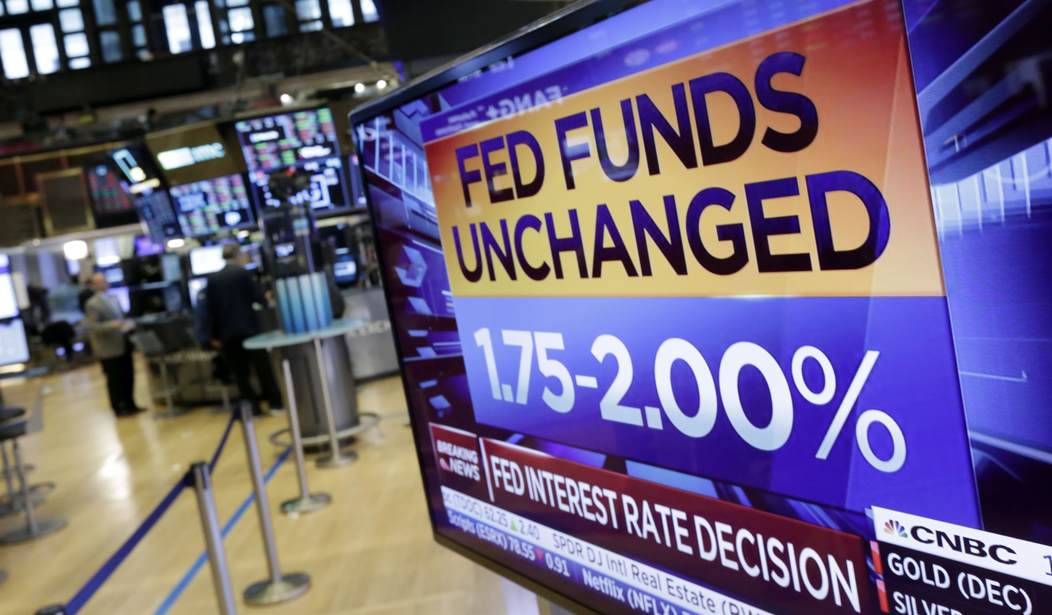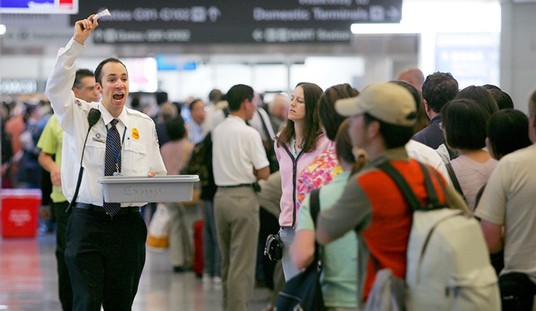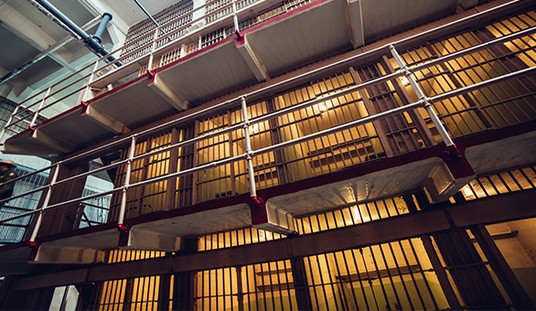The latest GDP report was released by the Commerce Department Thursday morning and showed that U.S. economic growth slowed in the first quarter of 2023, rising at an annualized pace of 1.1 percent, which is considerably lower than the two percent predicted by economists.
The U.S. economy slowed sharply from January through March, decelerating to just a 1.1% annual pace as higher interest rates hammered the housing market and businesses reduced inventories. https://t.co/fiYkhIYOtG
— The Associated Press (@AP) April 27, 2023
That’s also a notable decline from the fourth quarter of 2022. Per CNBC:
Gross domestic product, a measure of all goods and services produced for the period, rose at a 1.1% annualized pace in the first quarter, the Commerce Department reported Thursday. Economists surveyed by Dow Jones had been expecting growth of 2%.
The growth rate followed a fourth quarter in which GDP climbed 2.6%, part of a year that saw a 2.1% increase.
A couple of factors explain the slowdown per the report:
The slowdown in growth came due to a decline in private inventory investment and a deceleration in nonresidential fixed investment, the report said. The inventory slowdown took 2.26 percentage points off the headline number.
The slowdown indicates that the Federal Reserve’s strategy is working, though exactly how well remains to be seen. Inflation is still high, with the PCE (personal consumption expenditures) Price Index up 4.2 percent versus the predicted 3.7 percent.
The economy’s slowdown reflects the impact of the Federal Reserve’s aggressive drive to tame inflation, with nine interest rate hikes over the past year. The surge in borrowing costs is expected to send the economy into a recession sometime this year. Though inflation has steadily eased from the four-decade high it reached last year, it remains far above the Fed’s 2% target.
While the Fed is focused on lowering inflation, there are concerns we may be facing “stagflation,” the dreaded combination of high inflation and slow growth experienced in the late 70s and early 80s. Still, Wall Street doesn’t appear to be reacting negatively to the report.
Questions remain as to whether the U.S. may be headed into an inevitable recession.
“The U.S. economy is likely at an inflection point as consumer spending has softened in recent months,” said Jeffrey Roach, chief economist at LPL Financial. “The backward nature of the GDP report is possibly misleading for markets as we know consumers were still spending in January but since March, have pulled back as consumers are getting more pessimistic about the future.”
That pessimism stems from a number of concerns — not least of which is unease regarding the banking sector. Then, too, the housing market is taking a hit.
The housing market, which is especially vulnerable to higher loan rates, has been battered. And many banks have tightened their lending standards since the failure last month of two major U.S. banks, making it even harder to borrow to buy a house or a car or to expand a business.
The U.S. consumer’s continued unease is understandable. Inflation, though not as sky-high as it was, is still high and pinching people every time they shop for groceries or fill their tanks up with gas. The threats of stagflation and recession loom. And leadership isn’t exactly instilling confidence. One thing is certain: We aren’t out of the woods yet.














Join the conversation as a VIP Member